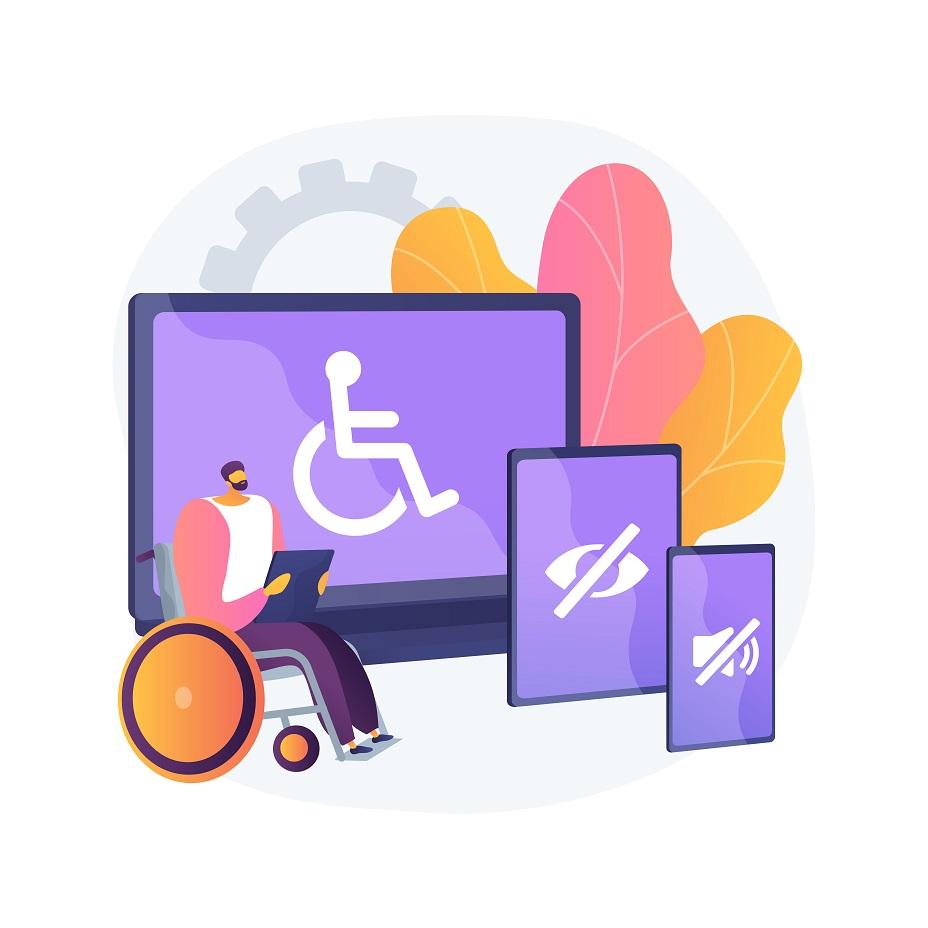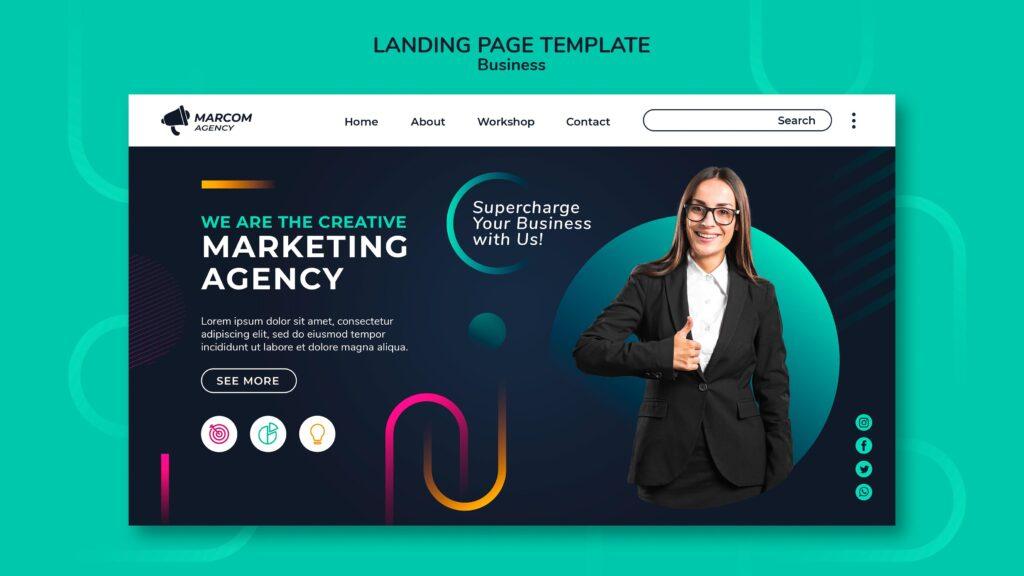Businesses can guarantee inclusivity and usability for a diverse audience by comprehending and putting into practise web accessibility concepts, such as visual design considerations, auditory upgrades, keyboard accessibility, cognitive design strategies, and ongoing testing and improvement.
The goal of accessible web design is to make websites that are user-friendly, inclusive, and give everyone access to information and features. We will discuss the significance of accessible web design in this post and offer helpful advice and best practises for guaranteeing inclusivity and usability for all users.
1. Understanding Web Accessibility:
a. What is Web Accessibility?
Web accessibility is the process of creating websites that are accessible to and usable by individuals with a range of disabilities, such as visual, hearing, motor, or cognitive impairments. It strives to remove obstacles and give all users equitable access to information and services.
b. Benefits of Web Accessibility:
Web accessibility benefits a broader audience as well as those with impairments. In addition to enhancing user experience and search engine optimisation, it also promotes website usability and indicates a dedication to social responsibility and diversity.
2. Designing for Visual Accessibility:
a. Colour Contrast and Text Legibility:
To make it simple for users with visual impairments to read the content, make sure there is enough colour contrast between the background and the text. To improve readability, use typefaces that are readable and use the right font sizes.
b. Alternative Text for Images:
To help viewers who use screen readers understand the meaning of your photographs, give them descriptive alternative text (alt text). The image’s context and content should be appropriately described in the alt text.
c. Consistent Navigation and Structure:
Keep the website’s navigational structure sensible and constant throughout. Use headings, subheadings, and appropriate semantic markup to make it easier for screen readers to navigate and comprehend the hierarchy of the information.
3. Enhancing Auditory Accessibility:
a. Captioning and Transcripts:
For audio and video content, add captions or transcripts to make sure individuals with hearing problems can access the information. The conversation and pertinent audio cues should be appropriately reflected in the captions.
b. Audio Control and Auto-play:
Give customers the option to control audio, including the ability to change the level and the ability to pause or stop any automatically playing audio or video. As a result, consumers can tailor their experience to suit their requirements and preferences.
4. Ensuring Keyboard Accessibility:
a. Keyboard-Friendly Navigation:
Make sure that full keyboard access to and control of interactive elements, such as menus, links, and form fields, is possible. To accommodate people who cannot use a mouse, avoid relying primarily on mouse-based interactions.
b. Focus Indication:
When using a keyboard to browse the page, make it apparent where the user should be focusing. This keeps users from becoming lost or confused and aids in understanding their current location.
5. Designing for Cognitive Accessibility:
a. Clear and Simple Language:
When possible, speak plainly and steer clear of technical jargon. For people with cognitive impairments or those who might have trouble digesting information, make the content simple to understand.
b. Consistent Layout and Design:
To avoid cognitive overload, keep the layout and design constant across pages. Avoid items that could overload some users, such as pointless distractions, overly animated elements, or blinking elements.
6. Testing and Continuous Improvement:
a. Accessibility Audits:
Conduct accessibility audits on a regular basis to find and fix any accessibility issues using automated tools and manual testing. These audits support WCAG (Web Content Accessibility Guidelines) compliance and other accessibility standards.
b. User Testing and Feedback:
Participate in usability testing with people who have impairments and get their comments to make your website more accessible. User feedback is crucial for locating potential obstacles and improving the user experience.
A key component of developing an inclusive online environment is accessible web design. Businesses may guarantee that their websites are functional and accessible to all users, regardless of their abilities or disabilities, by comprehending the concepts of online accessibility and putting best practises into practise. Adopting accessible design benefits everyone by creating a more inclusive and equitable digital environment, not only people with impairments.


